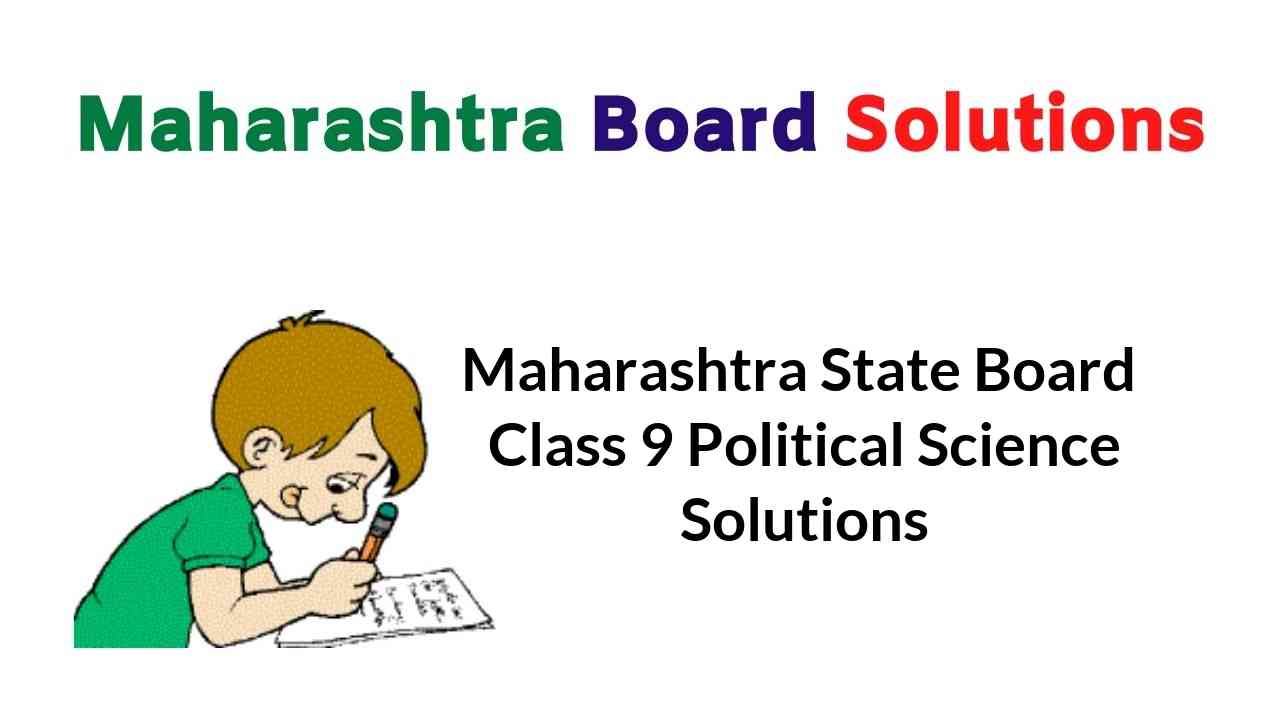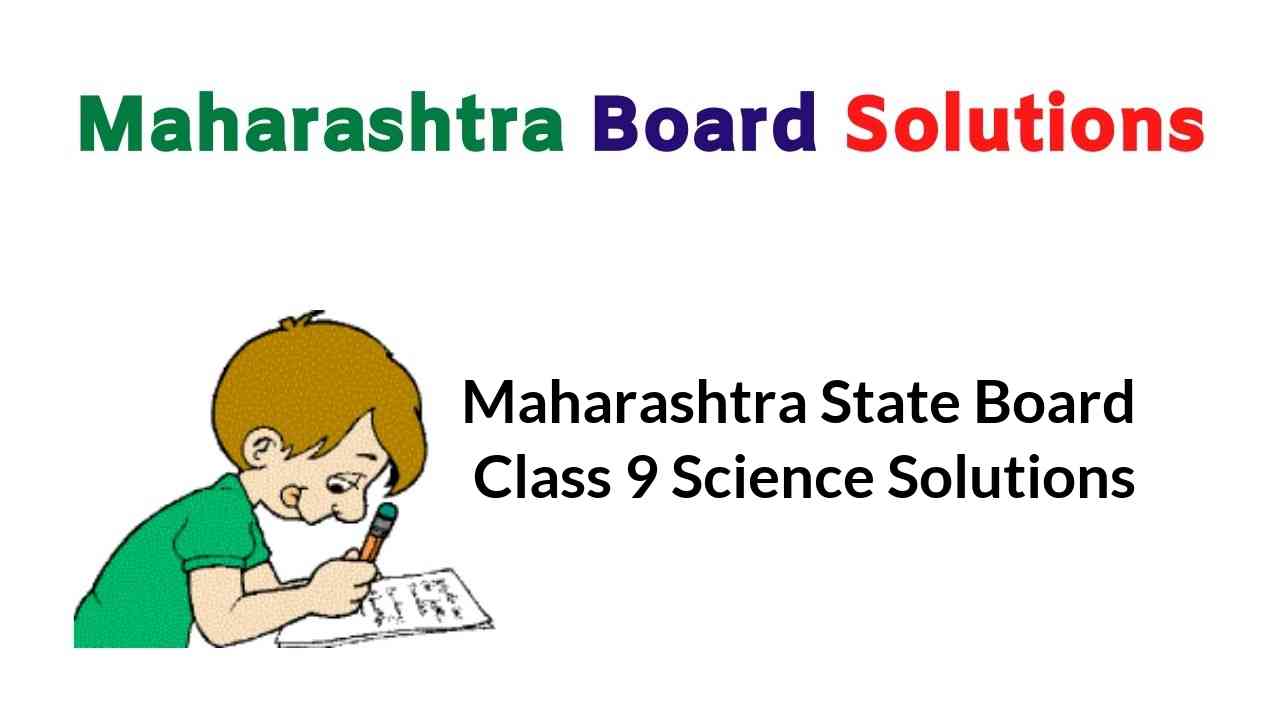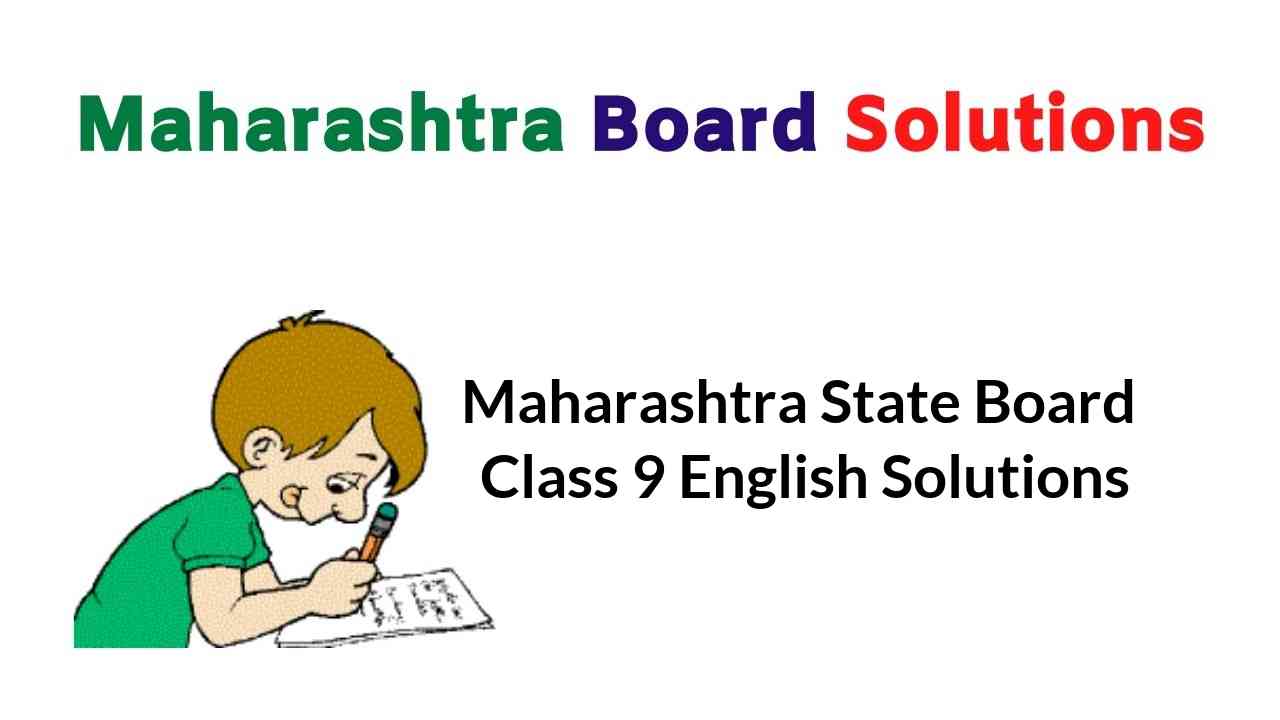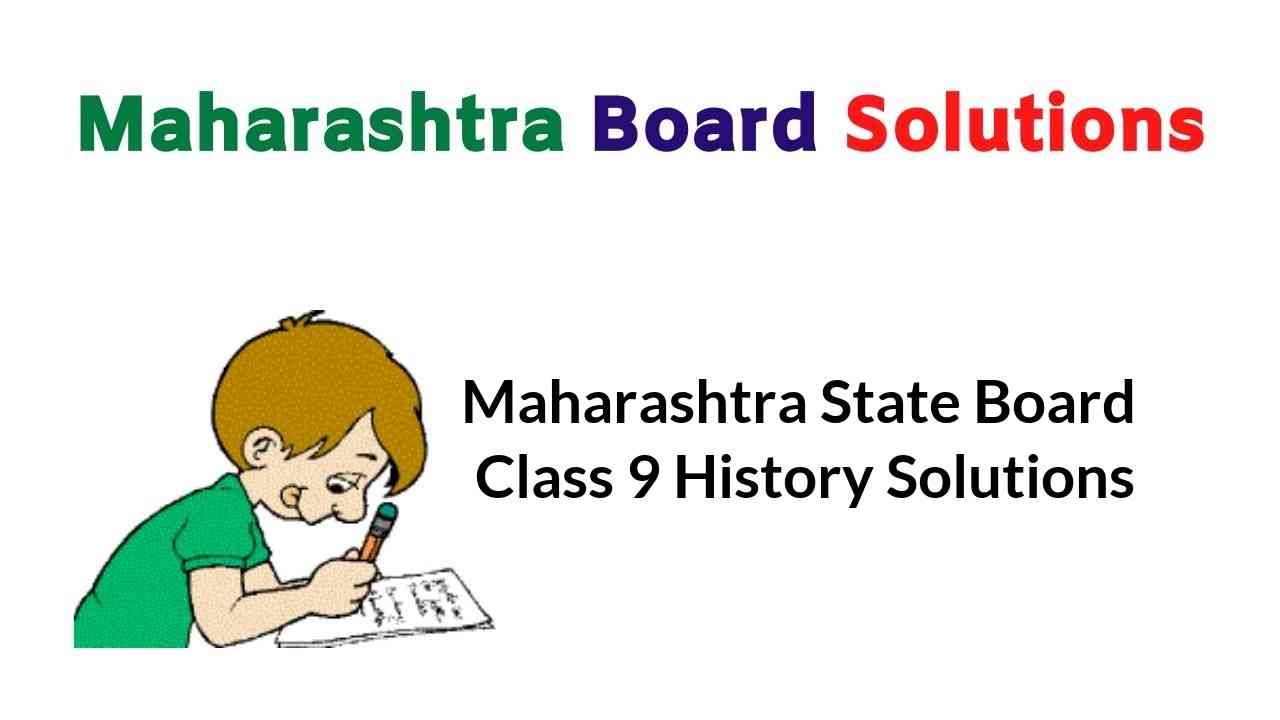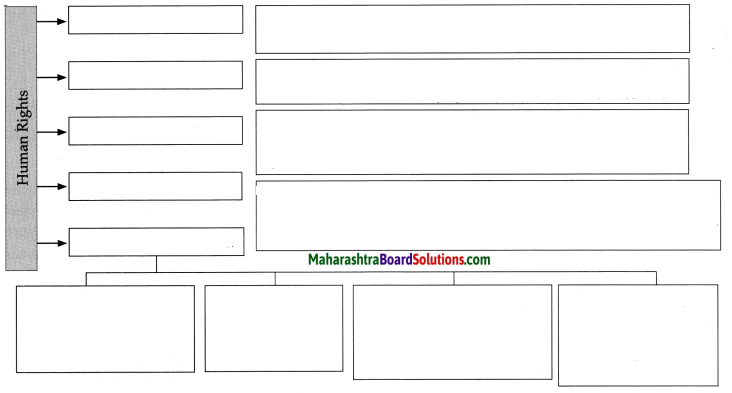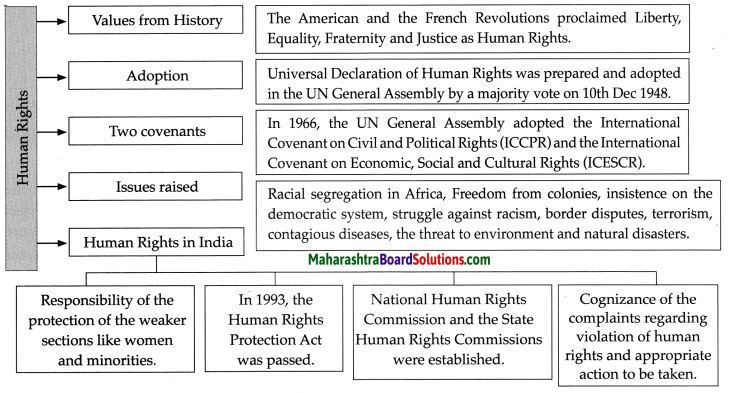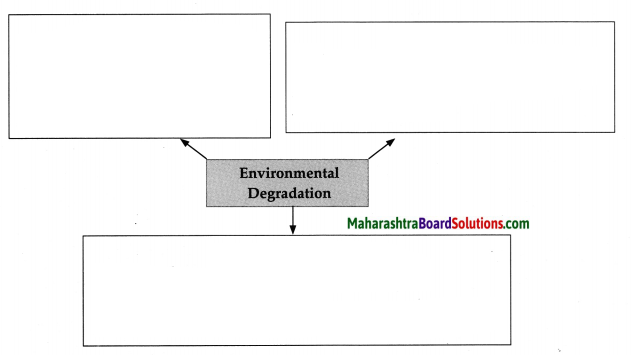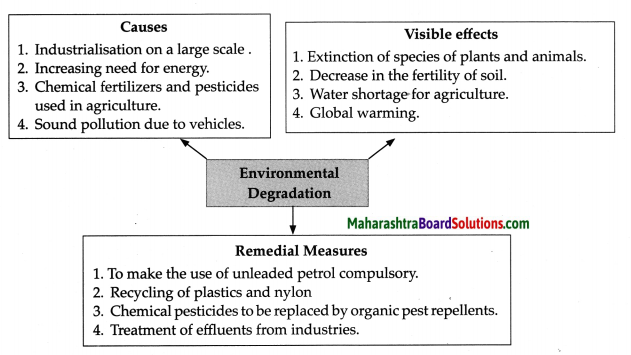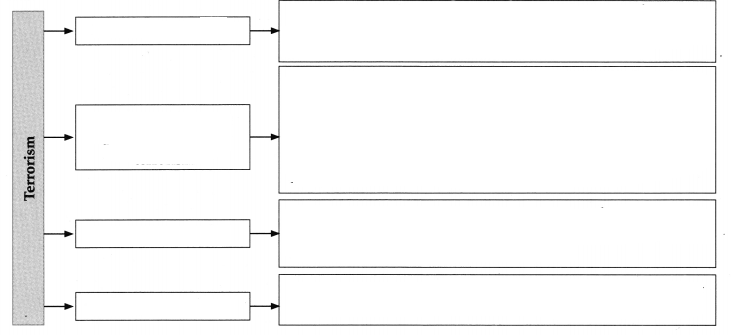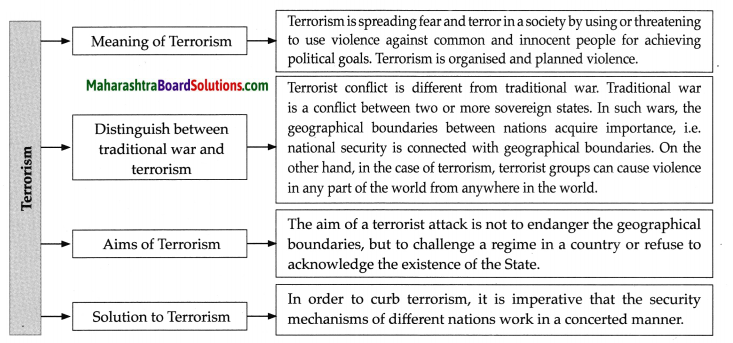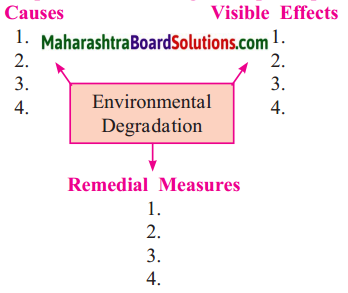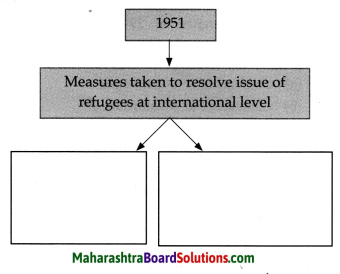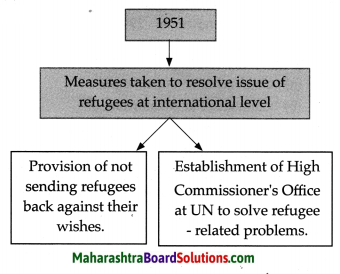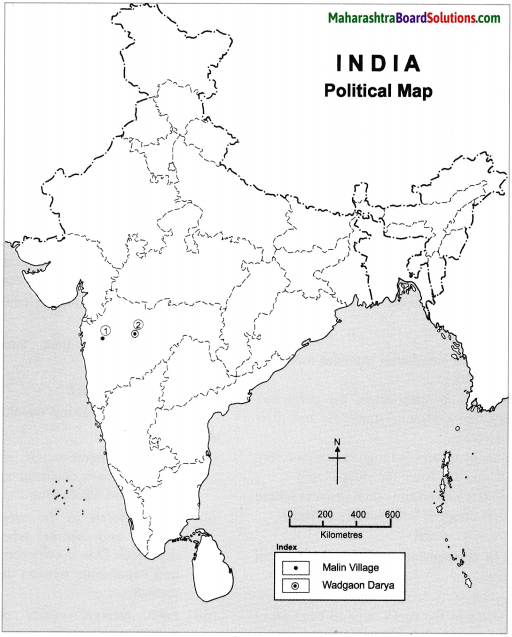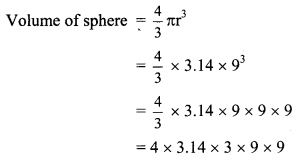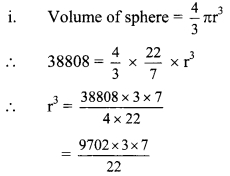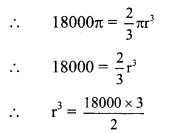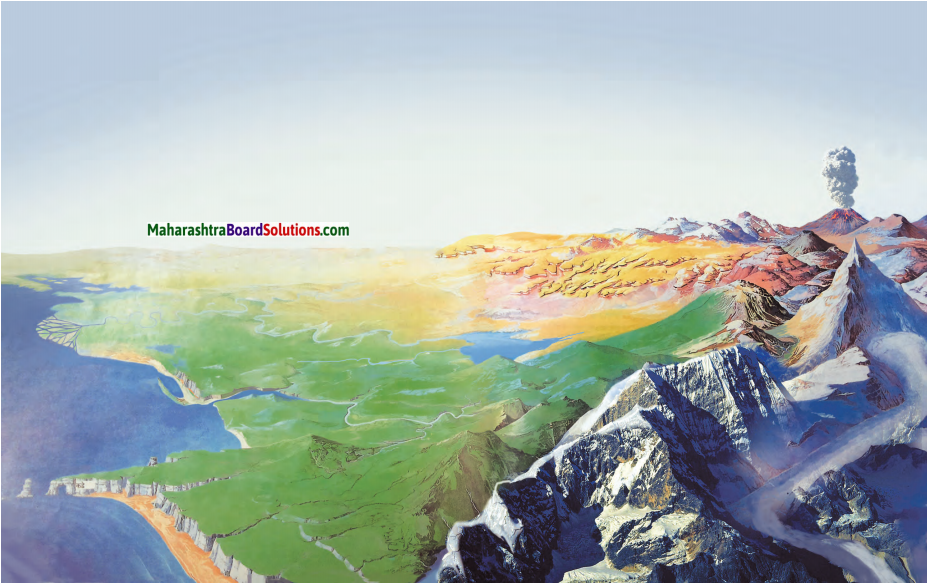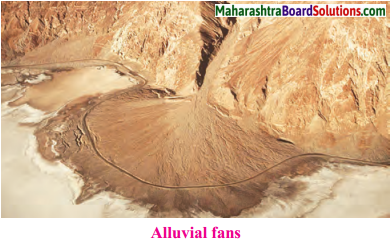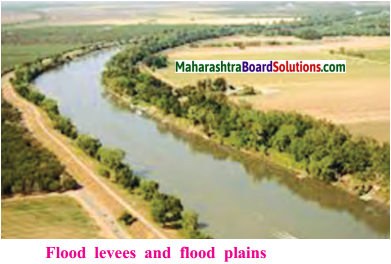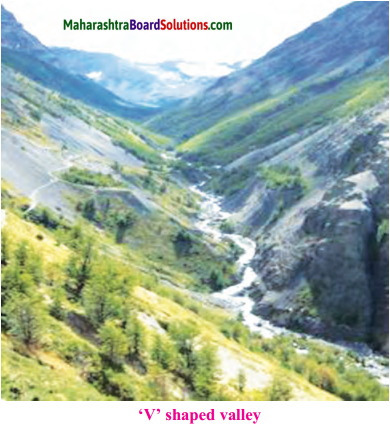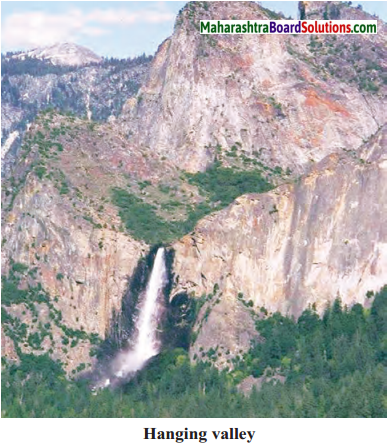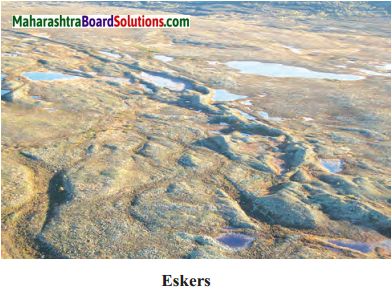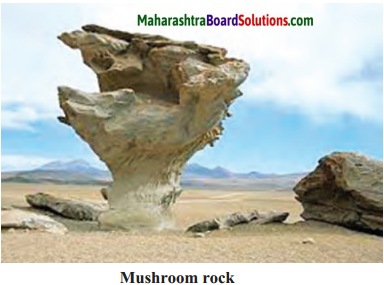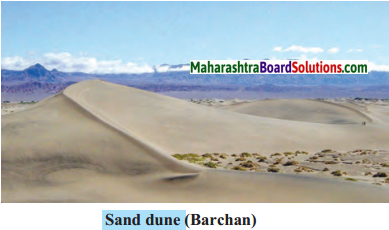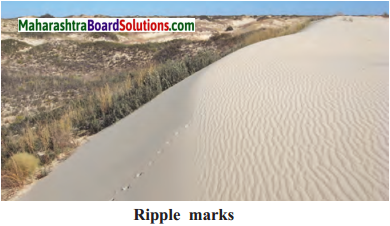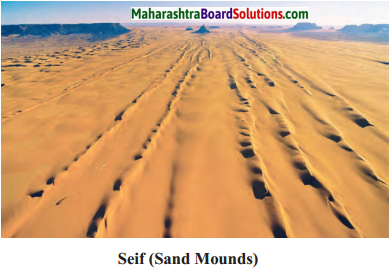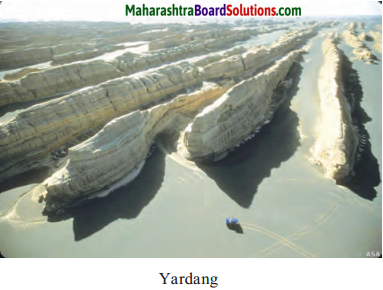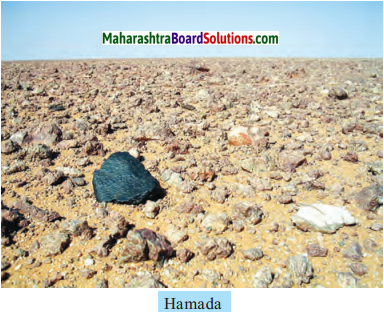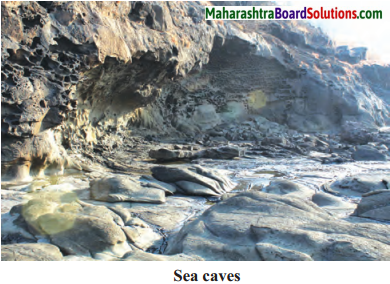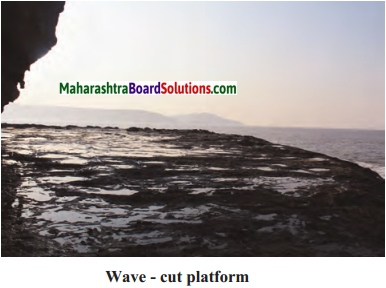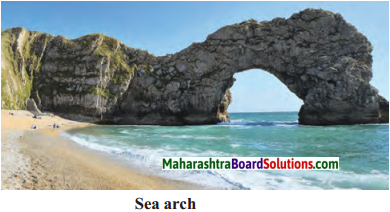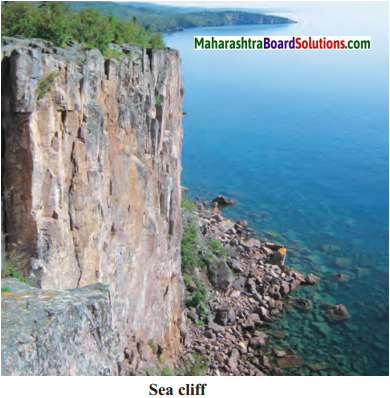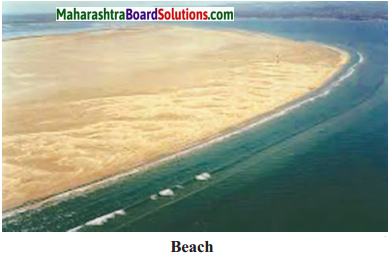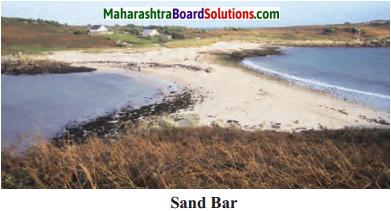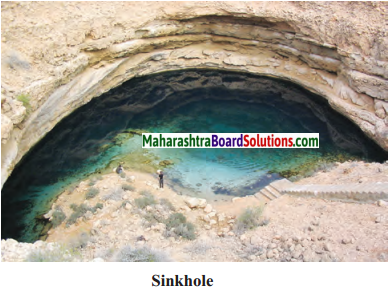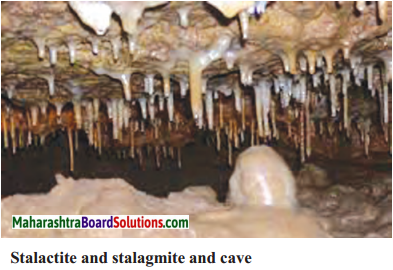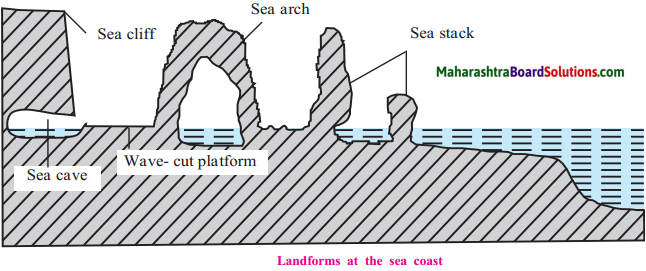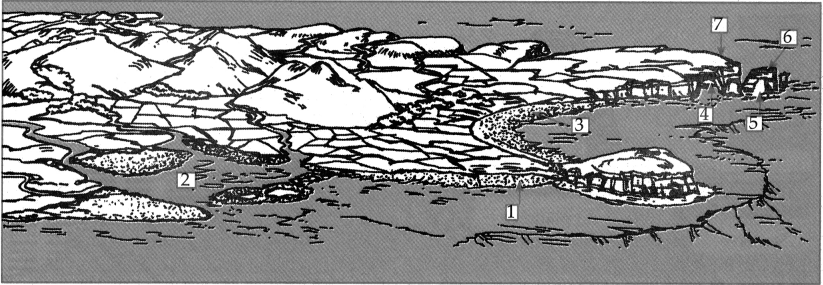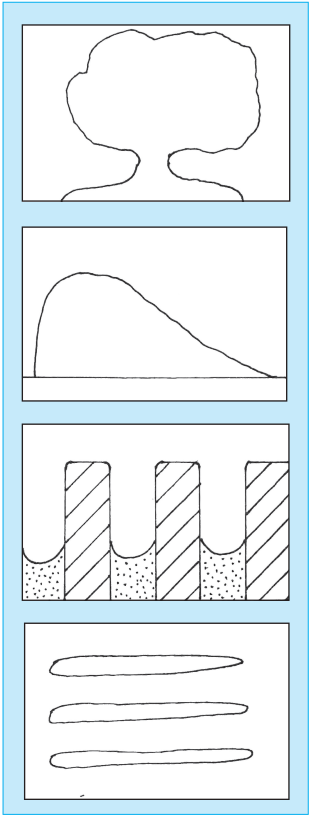Expert Teachers has created Maharashtra State Board Class 9 Maths Solutions Algebra Geometry Part 1 & 2 Pdf. You can also Download 9th Class Maths Solution Maharashtra Board to help you to revise complete Syllabus and score more marks in your examinations.
Students can also check out the Maharashtra State Board Class 9 English Solutions & Maharashtra State Board Class 9 History Solutions & Maharashtra State Board Class 9 Science Solutions here that will help you prepare for the exams.
Balbharati Maharashtra State Board 9th Std Maths Textbook Solutions Answers Digest Part 1 & 2
Maharashtra State Board 9th Maths Solutions Part 1 Algebra Pdf
Maths 1 Digest Std 9
Maharashtra Board Class 9 Maths Chapter 1 Sets
- Chapter 1 Sets Practice Set 1.1
- Chapter 1 Sets Practice Set 1.2
- Chapter 1 Sets Practice Set 1.3
- Chapter 1 Sets Practice Set 1.4
- Chapter 1 Sets Problem Set 1
Maths Solution Class 9 Maharashtra Board Chapter 2 Real Numbers
- Chapter 2 Real Numbers Practice Set 2.1
- Chapter 2 Real Numbers Practice Set 2.2
- Chapter 2 Real Numbers Practice Set 2.3
- Chapter 2 Real Numbers Practice Set 2.4
- Chapter 2 Real Numbers Practice Set 2.5
- Chapter 2 Real Numbers Problem Set 2
Maharashtra State Board 9th Maths Solution Chapter 3 Polynomials
- Chapter 3 Polynomials Practice Set 3.1
- Chapter 3 Polynomials Practice Set 3.2
- Chapter 3 Polynomials Practice Set 3.3
- Chapter 3 Polynomials Practice Set 3.4
- Chapter 3 Polynomials Practice Set 3.5
- Chapter 3 Polynomials Practice Set 3.6
- Chapter 3 Polynomials Problem Set 3
Class 9 Maths Solution Maharashtra Board Chapter 4 Ratio and Proportion
- Chapter 4 Ratio and Proportion Practice Set 4.1
- Chapter 4 Ratio and Proportion Practice Set 4.2
- Chapter 4 Ratio and Proportion Practice Set 4.3
- Chapter 4 Ratio and Proportion Practice Set 4.4
- Chapter 4 Ratio and Proportion Practice Set 4.5
- Chapter 4 Ratio and Proportion Problem Set 4
9th Class Maths Solution Maharashtra Board Chapter 5 Linear Equations in Two Variables
- Chapter 5 Linear Equations in Two Variables Practice Set 5.1
- Chapter 5 Linear Equations in Two Variables Practice Set 5.2
- Chapter 5 Linear Equations in Two Variables Problem Set 5
Maharashtra Board 9th Maths Solution Chapter 6 Financial Planning
- Chapter 6 Financial Planning Practice Set 6.1
- Chapter 6 Financial Planning Practice Set 6.2
- Chapter 6 Financial Planning Problem Set 6
Maharashtra Board Class 9 Maths Chapter 7 Statistics
- Chapter 7 Statistics Practice Set 7.1
- Chapter 7 Statistics Practice Set 7.2
- Chapter 7 Statistics Practice Set 7.3
- Chapter 7 Statistics Practice Set 7.4
- Chapter 7 Statistics Practice Set 7.5
- Chapter 7 Statistics Problem Set 7
Maharashtra State Board 9th Maths Solutions Part 2 Geometry Pdf
Maths 2 Digest Std 9
Std 9 Maths Solutions Maharashtra State Board Chapter 1 Basic Concepts in Geometry
- Chapter 1 Basic Concepts in Geometry Practice Set 1.1
- Chapter 1 Basic Concepts in Geometry Practice Set 1.2
- Chapter 1 Basic Concepts in Geometry Practice Set 1.3
- Chapter 1 Basic Concepts in Geometry Problem Set 1
Maharashtra Board Class 9 Maths Chapter 2 Parallel Lines
- Chapter 2 Parallel Lines Practice Set 2.1
- Chapter 2 Parallel Lines Practice Set 2.2
- Chapter 2 Parallel Lines Problem Set 2
Maharashtra Board Class 9 Maths Chapter 3 Triangles
- Chapter 3 Triangles Practice Set 3.1
- Chapter 3 Triangles Practice Set 3.2
- Chapter 3 Triangles Practice Set 3.3
- Chapter 3 Triangles Practice Set 3.4
- Chapter 3 Triangles Practice Set 3.5
- Chapter 3 Triangles Problem Set 3
Maharashtra Board Class 9 Maths Chapter 4 Constructions of Triangles
- Chapter 4 Constructions of Triangles Practice Set 4.1
- Chapter 4 Constructions of Triangles Practice Set 4.2
- Chapter 4 Constructions of Triangles Practice Set 4.3
- Chapter 4 Constructions of Triangles Problem Set 4
Maharashtra Board Class 9 Maths Chapter 5 Quadrilaterals
- Chapter 5 Quadrilaterals Practice Set 5.1
- Chapter 5 Quadrilaterals Practice Set 5.2
- Chapter 5 Quadrilaterals Practice Set 5.3
- Chapter 5 Quadrilaterals Practice Set 5.4
- Chapter 5 Quadrilaterals Practice Set 5.5
- Chapter 5 Quadrilaterals Problem Set 5
Maharashtra Board Class 9 Maths Chapter 6 Circle
- Chapter 6 Circle Practice Set 6.1
- Chapter 6 Circle Practice Set 6.2
- Chapter 6 Circle Practice Set 6.3
- Chapter 6 Circle Problem Set 6
Maharashtra Board Class 9 Maths Chapter 7 Co-ordinate Geometry
- Chapter 7 Co-ordinate Geometry Practice Set 7.1
- Chapter 7 Co-ordinate Geometry Practice Set 7.2
- Chapter 7 Co-ordinate Geometry Problem Set 7
Maharashtra Board Class 9 Maths Chapter 8 Trigonometry
- Chapter 8 Trigonometry Practice Set 8.1
- Chapter 8 Trigonometry Practice Set 8.2
- Chapter 8 Trigonometry Problem Set 8
Maharashtra Board Class 9 Maths Chapter 9 Surface Area and Volume

